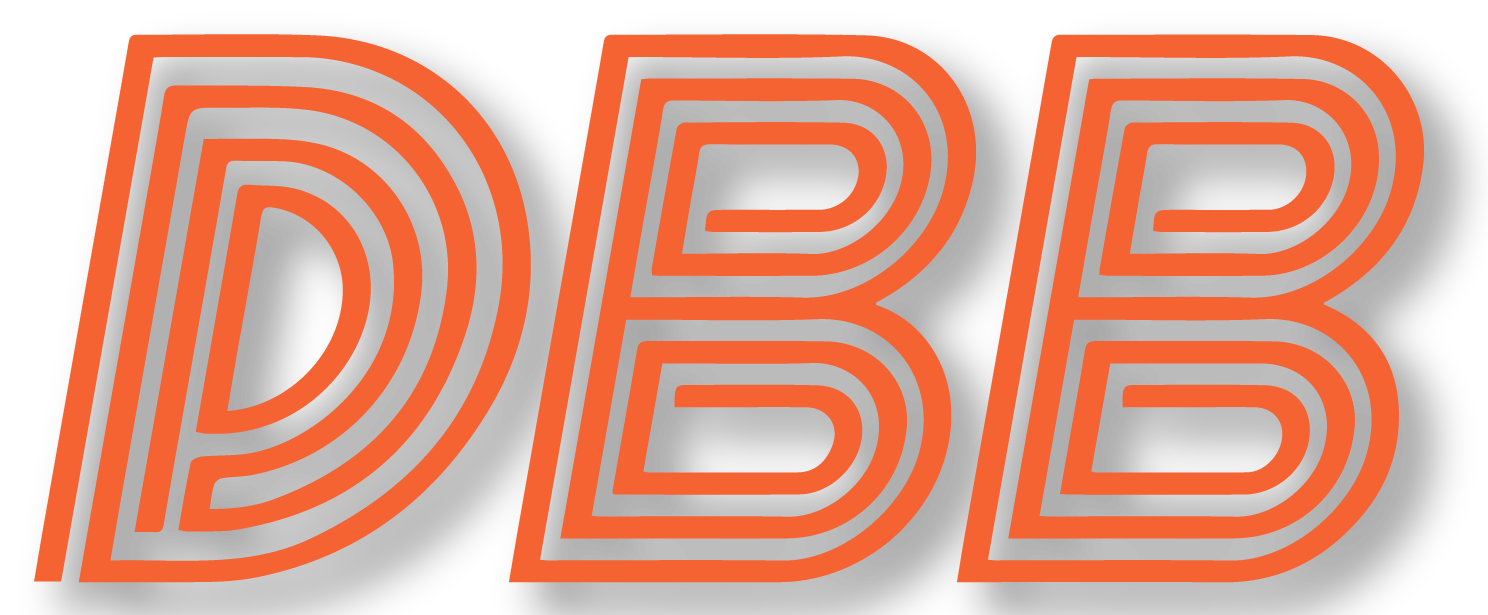Adam Shaheen has gotten a lot of buzz around the Bears since catching 3 passes for 53 yards in his brief action during last Thursday’s preseason game. The Chicago Tribune and Chicago Sun-Times wrote nearly identical pieces praising his growth as a pass catcher, both quoting Matt Nagy to say Shaheen is “going be a big part of this offense.”
Racking up yards through the air is what generates attention, but astute fans would be wise to focus on a different aspect of Shaheen’s game if they want to figure out just what his role is going to be in 2018. We already knew from watching him last year that Shaheen can run and catch, but his playing time will be determined more by how well he can block.
The Andy Reid offense Nagy has brought with him from Kansas City heavily utilizes two tight end sets, but the tight ends play different roles.
- The primary tight end plays the “U” position, which is more of a pass-catching role that lines up largely in the slot. Think Travis Kelce or Zach Ertz if you want to make the Philadelphia comparison.
- The second tight end plays the “Y” position, which is more of a traditional in-line tight end that mostly blocks. In Reid’s 5 years with the Chiefs, the 2nd tight end has played an average of around 48% of the offensive snaps, but sees less than 30 targets per year, or less than 2 per game.
The Bears signed Trey Burton to be the U tight end this offseason. His value is defined by his ability to catch passes. The current starting Y – again, valued more for his ability to block than catch – is Dion Sims. Shaheen has been working at both spots and is currently the top backup to both Burton and Sims, but the third tight end won’t have a huge role. A best-case scenario for Shaheen if he can’t establish himself as the starting U or Y would be looking at Burton in Philadelphia the last two years, when he played about 28% of snaps and averaged 45 targets.





